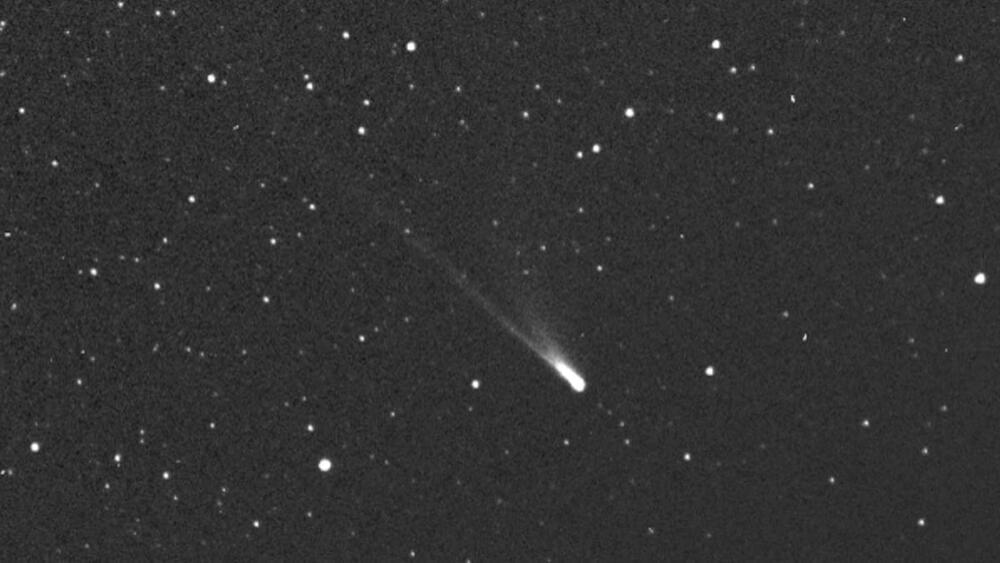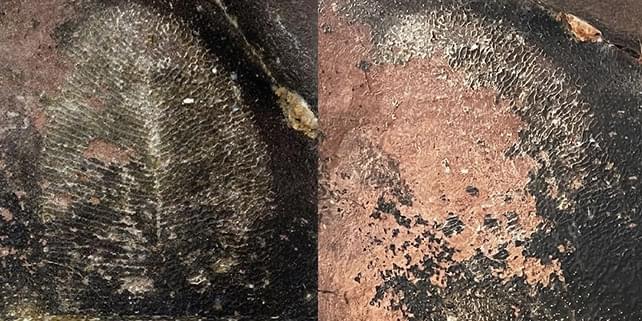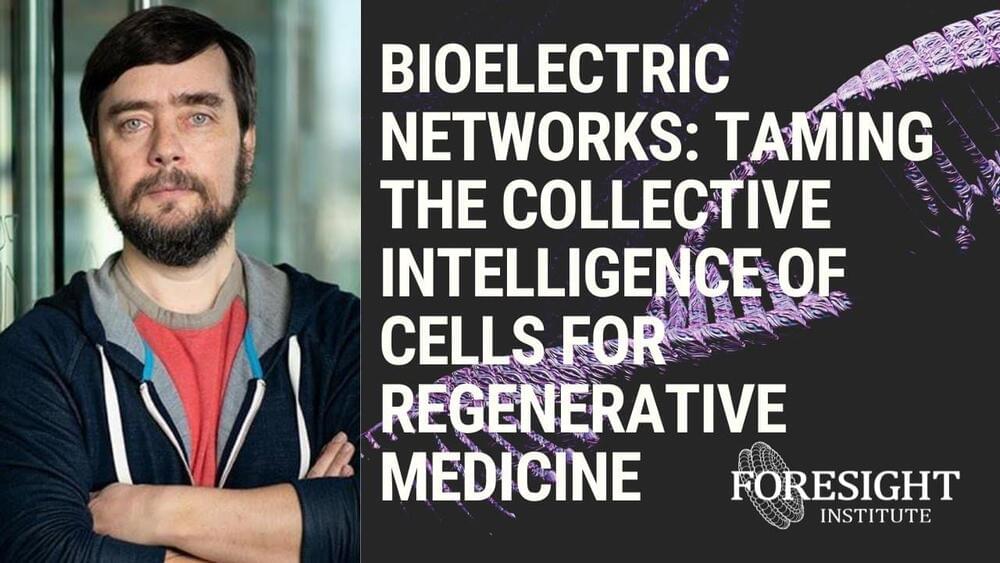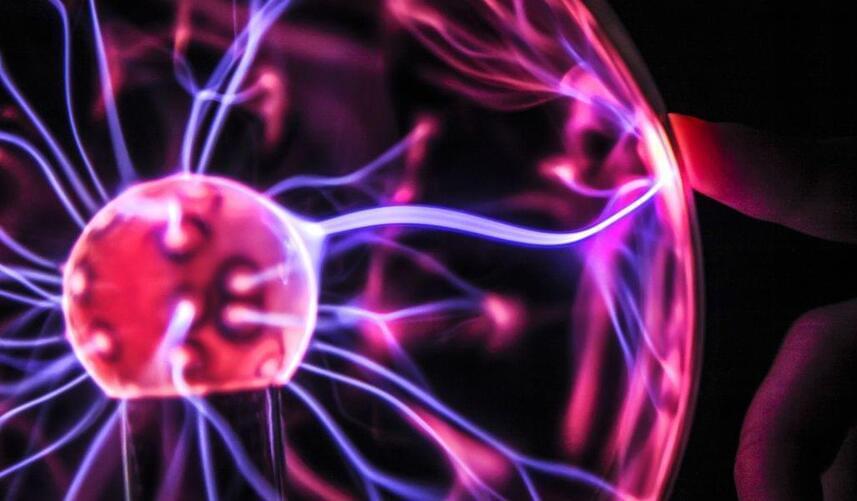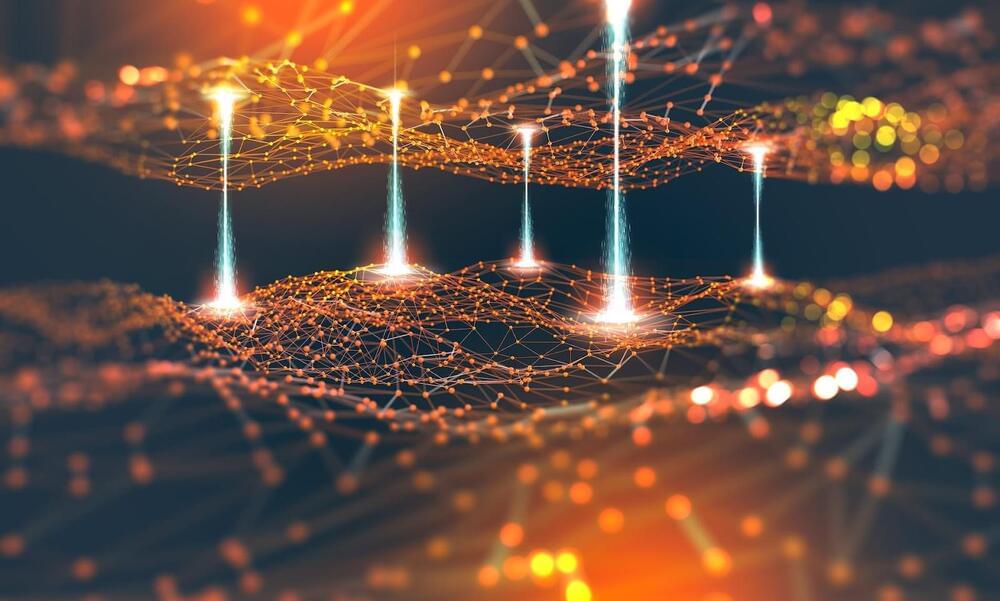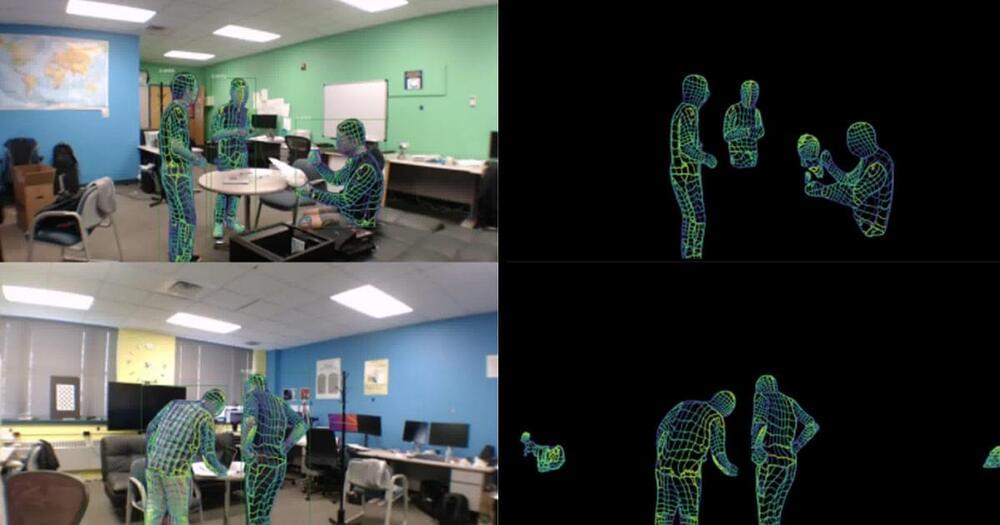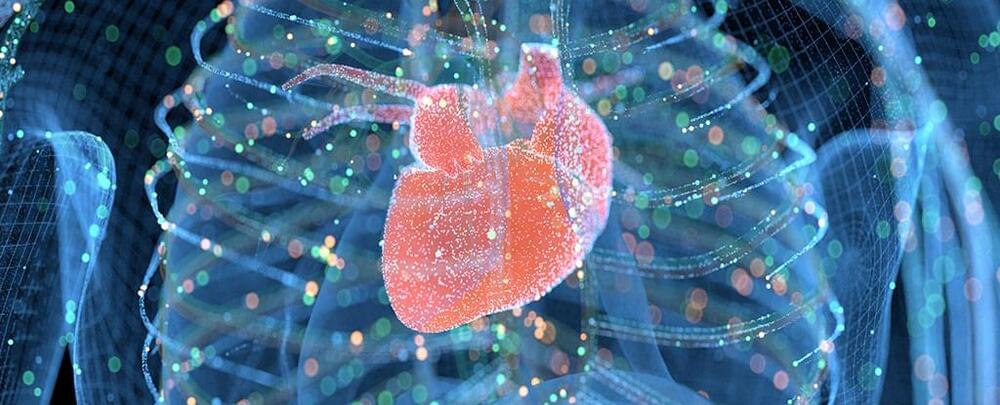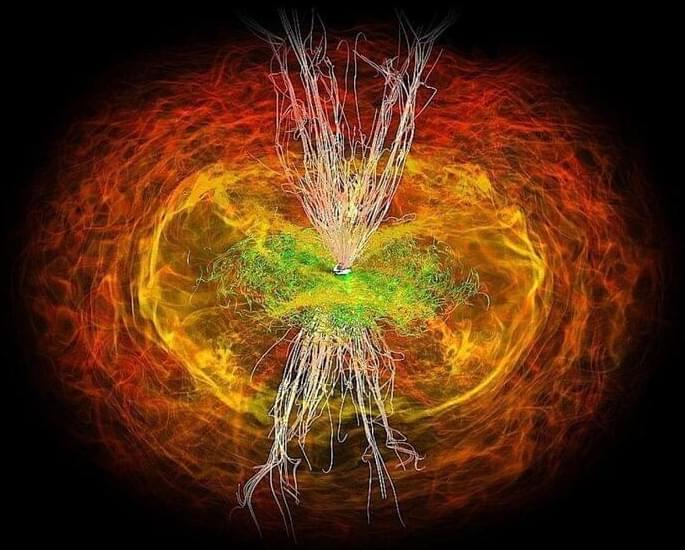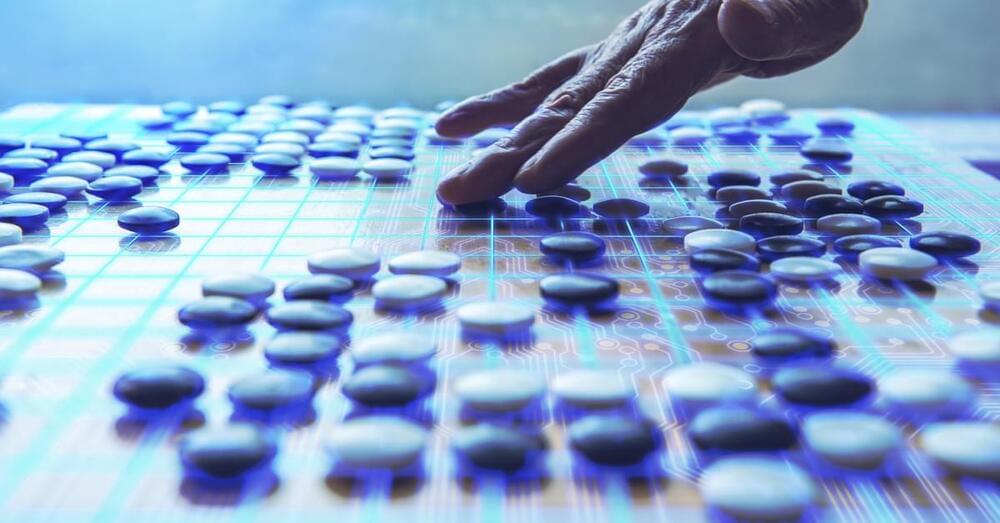“I think it’s going to be inconclusive, if not impossible to demonstrate conclusively,” one physicist said of the possible interstellar comet.
Uncover the latest findings on the Bhimbetka rock shelters and the supposed Dickinsonia fossil. Read on to learn about the importance of admitting mistakes in scientific research and the new evidence that has come to light!
Seminar summary: https://foresight.org/summary/bioelectric-networks-taming-th…-medicine/
Program & apply to join: https://foresight.org/biotech-health-extension-program/
Foresight Biotech & Health Extension Meeting sponsored by 100 Plus Capital.
Michael Levin, Tufts Center for Regenerative and Developmental Biology.
Bioelectric Networks: Taming the Collective Intelligence of Cells for Regenerative Medicine.
Michael Levin, Distinguished Professor in the Biology department and Vannevar Bush Chair, serves as director of the Tufts Center for Regenerative and Developmental Biology. Recent honors include the Scientist of Vision award and the Distinguished Scholar Award. His group’s focus is on understanding the biophysical mechanisms that implement decision-making during complex pattern regulation, and harnessing endogenous bioelectric dynamics toward rational control of growth and form. The lab’s current main directions are:
• Understanding how somatic cells form bioelectrical networks for storing and recalling pattern memories that guide morphogenesis;
• Creating next-generation AI tools for helping scientists understand top-down control of pattern regulation (a new bioinformatics of shape); and.
• Using these insights to enable new capabilities in regenerative medicine and engineering.
Prior to college, Michael Levin worked as a software engineer and independent contractor in the field of scientific computing. He attended Tufts University, interested in artificial intelligence and unconventional computation. To explore the algorithms by which the biological world implemented complex adaptive behavior, he got dual B.S. degrees, in CS and in Biology and then received a PhD from Harvard University. He did post-doctoral training at Harvard Medical School (1996−2000), where he began to uncover a new bioelectric language by which cells coordinate their activity during embryogenesis. His independent laboratory (2000−2007 at Forsyth Institute, Harvard; 2008-present at Tufts University) develops new molecular-genetic and conceptual tools to probe large-scale information processing in regeneration, embryogenesis, and cancer suppression.
Our world is often described as “the digital age,” but in reality, we’re only living in the latest chapter of the electric revolution.
However, a physics professor at the University of Minnesota Duluth named Vitaly Vanchurin attempted to reframe reality in a particularly eye-opening way in a preprint published on arXiv, arguing that we’re living inside a huge neural network that governs everything around us.
A team of researchers have come up with a machine learning-assisted way to detect the position of shapes including the poses of humans to an astonishing degree — using only WiFi signals.
In a yet-to-be-peer-reviewed paper, first spotted by Vice, researchers at Carnegie Mellon University came up with a deep learning method of mapping the position of multiple human subjects by analyzing the phase and amplitude of WiFi signals, and processing them using computer vision algorithms.
“The results of the study reveal that our model can estimate the dense pose of multiple subjects, with comparable performance to image-based approaches, by utilizing WiFi signals as the only input,” the team concluded in their paper.
Age catches up with us all eventually, but in some people the right genes can make that chase into our twilight years a relatively leisurely one.
A few years ago Italian researchers discovered something special about people who live well into their 90s and beyond: they commonly have a version of a gene called BPIFB4 that protects against cardiovascular damage and keeps the heart in good shape for a longer period of time.
By introducing the mutated gene into older mice, the scientists have now seen how the variant rewinds markers of biological heart aging by the equivalent of more than 10 human years.
Gravitational waves are ripples in the fabric of space. Waves that originated in the early universe could carry important information about the phenomena that occurred there.
Is there any strategy or alliance too complex for its ruthless intelligence? Meta AI made a groundbreaking announcement with the launch of CICERO — the first-ever AI (artificial intelligence) capable of winning at Diplomacy, a multiplayer strategy game that calls for mutual trust, compromise, and teamwork. This marks a significant milestone in AI evolution.
South Korean Go champion Lee Se-dol has retired after being beat by DeepMind’s AlphaGo software. He told Yonhap news agency his decision was influenced by the fact that artificial intelligence (AI) “cannot be defeated.”
An entity that cannot be defeated
“With the debut of AI in Go games, I’ve realized that I’m not at the top even if I become the number one through frantic efforts,” Se-dol told Yonhap. “Even if I become the number one, there is an entity that cannot be defeated.”
